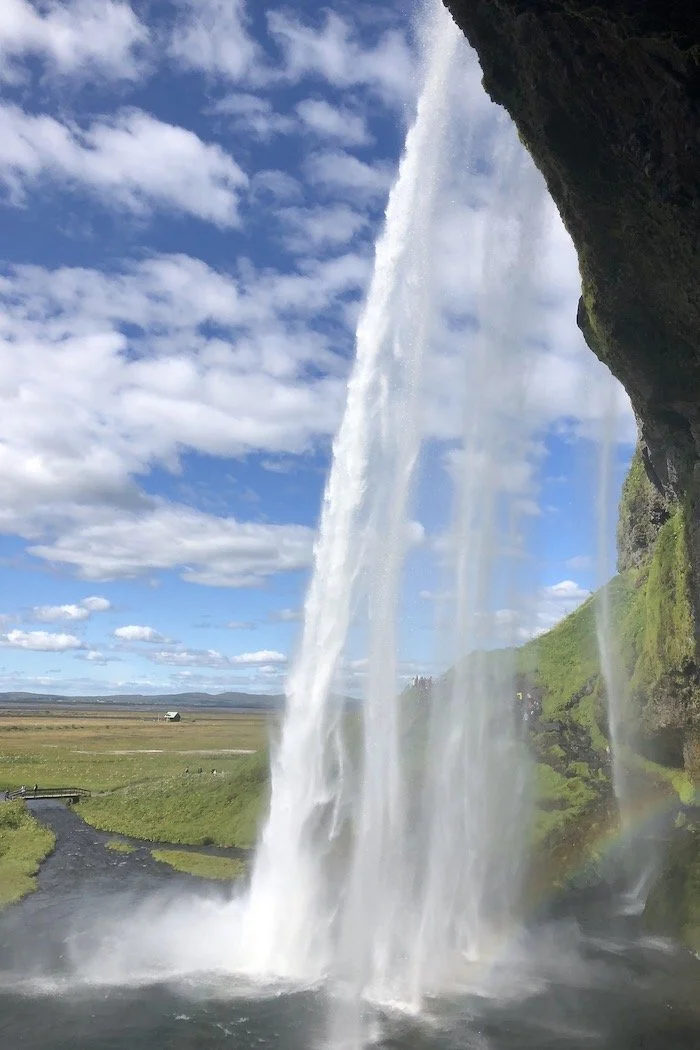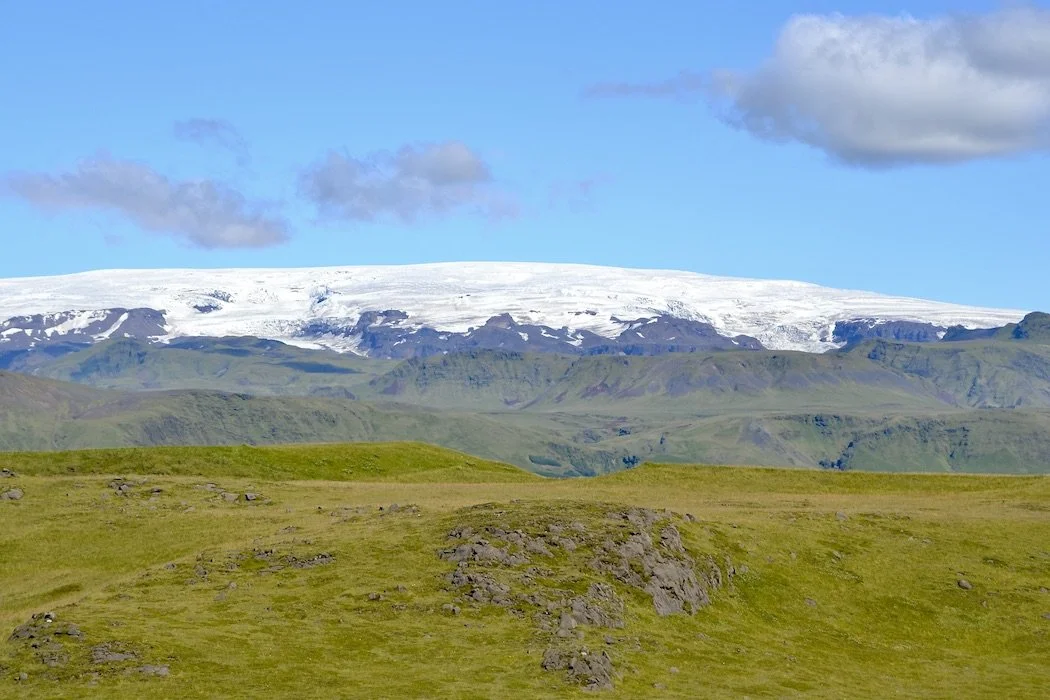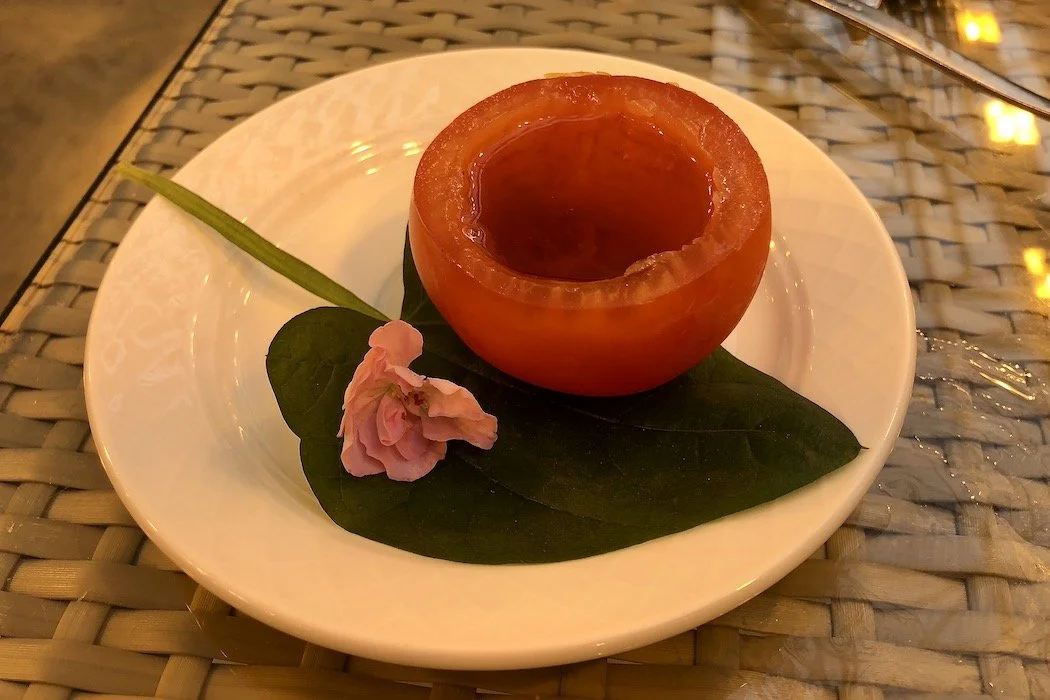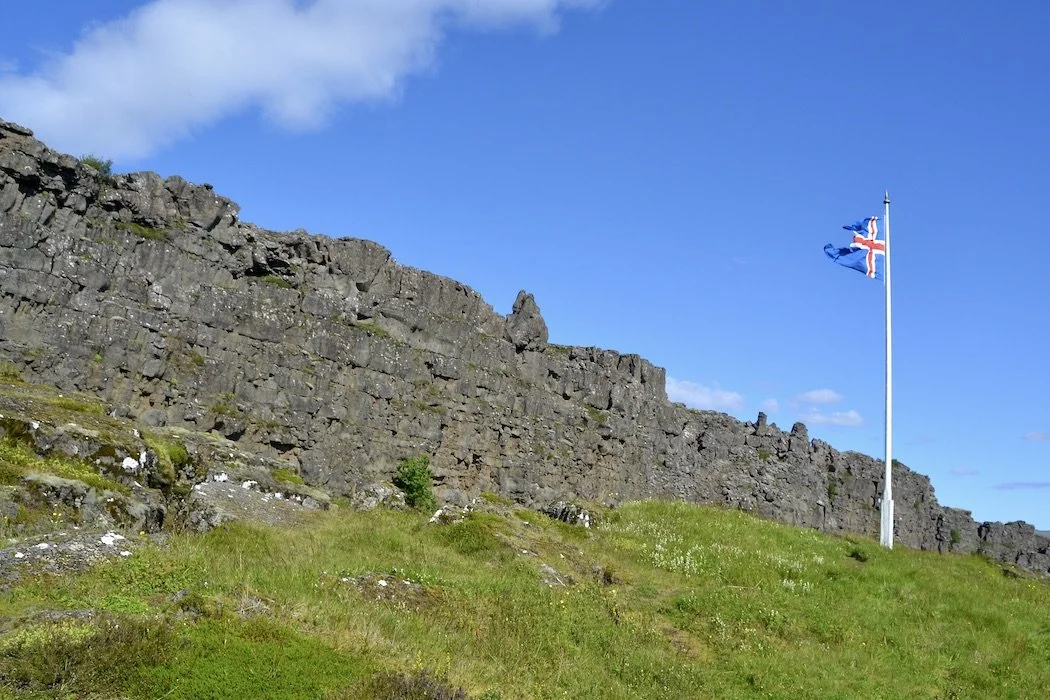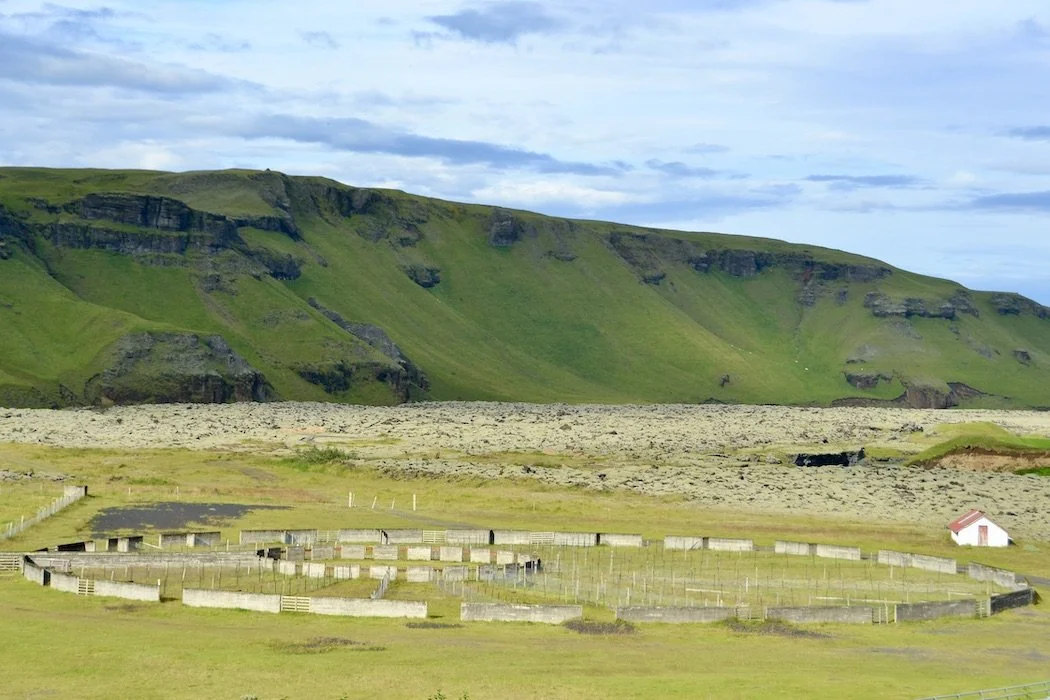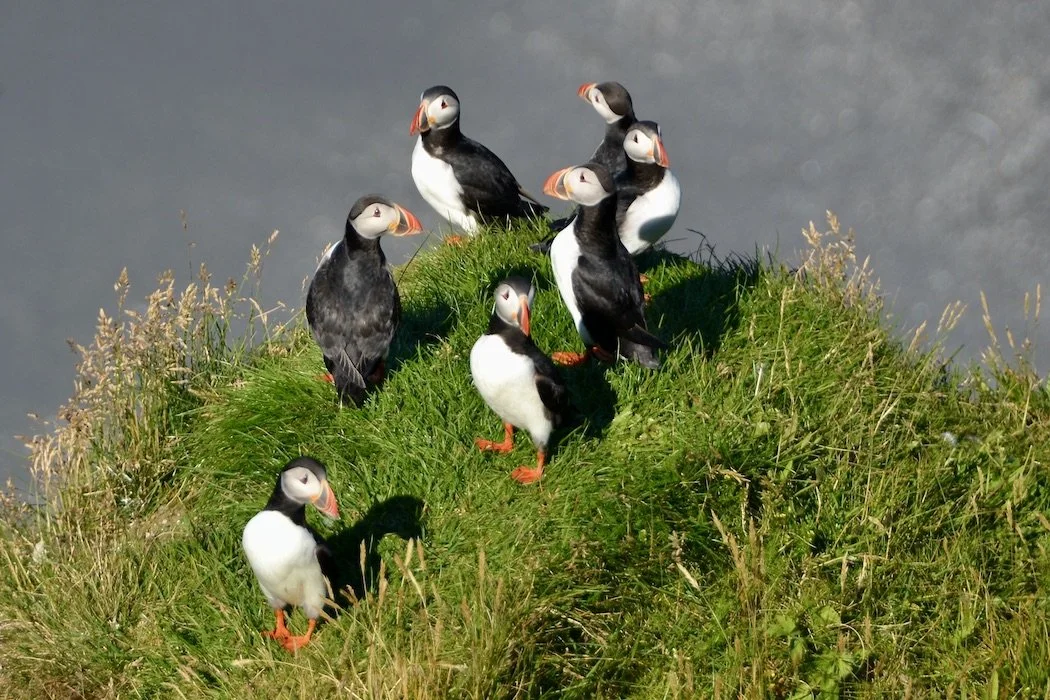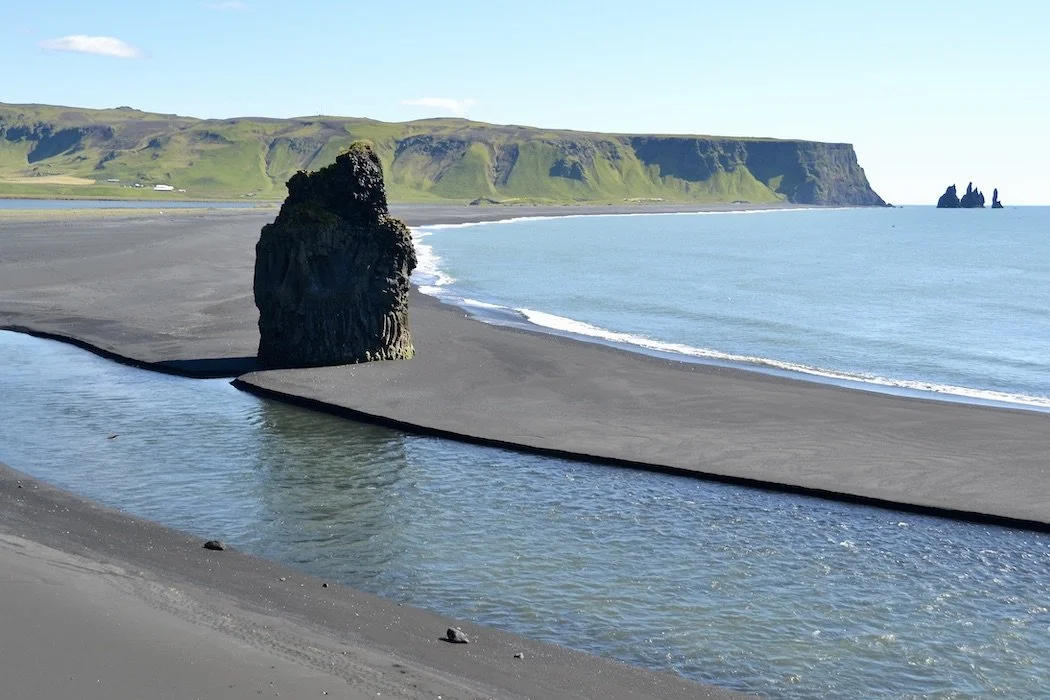A world apart in South Iceland
Iceland’s rift valley at Thingvellir
“…everyone knew, that to come to an island was to come to another world.”-- Guy Gavriel Kay
In Iceland, it is easy to feel in a world apart among the lava, icefields, waterfalls, and vast, moon-like vistas. It is unlike anywhere else given its position on the globe between continental Europe and North America, where the only neighbors are far away islands. Iceland lies at the juncture between the North Atlantic and Arctic Oceans at the edge of the Arctic Circle, though the warming Gulf Stream ensures a temperate climate with ice-free coasts in winter and chilly summers. Sitting right on the Mid-Atlantic Ridge that marks the boundary between the Eurasian and North Atlantic tectonic plates, it is a major geological hotspot.
Home to 30 active volcano systems, some dangerously covered by glaciers, the repercussions of volcanic outbreaks have ranged from a famine that killed a third of the population in medieval times, to recent clouds of dust and haze hanging over Europe. But this geothermal power can be harnessed, as evidenced everywhere here, from the hot springs and bubbling mud pots to power plants providing inexpensive renewable energy, and enormous greenhouses that grow the island’s vegetables. Iceland’s geology can be experienced first-hand in several ways: year-round swimming opportunities are too numerous to count in ancient or ultra-modern, natural and man-made hots springs or warm rivers in the countryside. Or journey to the center of the earth where it is impossible to see one’s hand without a headlamp and tour the tomato greenhouse to sample fresh tomato soup and tomato vodka.
Norwegian Viking chieftain, Ingólfr Arnarson, was the first to permanently settle Iceland in 874 AD soon to be followed by countrymen and other Vikings, who brought with them Irish and Scottish serfs. In 930, they founded the Althingi, one of the world’s oldest legislative assemblies, to govern the island collectively. At Thingvellir, meaning assembly fields, parliament gathered for over 850 years, even under Norwegian and Danish rule. Thingvellir is situated in one of two accessible rift valley locations, this one green along the Öxará river (the other is black volcanic Leif’s Bridge) where a leisurely walk reveals ever changing landscapes as the tectonic plates continue to move apart.
Life was harsh here for a millennium due to a lack of arable land, deforestation, and volcanic eruptions. Without sheep, Iceland would have been inhabitable; the meat, tallow, and wool kept the population alive. To this day, the annual autumn sheep round-up and sorting continues, done in the sheepcotes dotted around the island, using Icelandic horses, sheep dogs, and entire families.
Driving Iceland’s ring road from Reykjavik reveals countless waterfalls, some famous and others nameless or hidden, and also Geysir, which blows its top with varying regularity in a hot zone surrounded by smaller more active geysers. Take time to explore the uncrowded south coast cliffs populated by puffin colonies, strange basalt formations said to be petrified trolls and black sand beaches. Or contemplate volcanos, water-filled craters, and icebergs from a sensible distance.
Don’t miss:
A walk on the black sand beach at Rejnisfjara followed by a salmon lunch.
Lunch Tip:
Fridheimer Tomato Farm for delicious tomato soup or the daily special.
Bedtime:
Magma Hotel in Tunga, where each of 12 rooms is a charming, modern wooden house with a lake view.
Subscribe for inspiration to have my posts drop directly into your inbox. *If you enjoyed what you read, please share this post with like-minded travelers.*
*All photographs are mine, taken with my Nikon D3100 or iPhone 8.*

